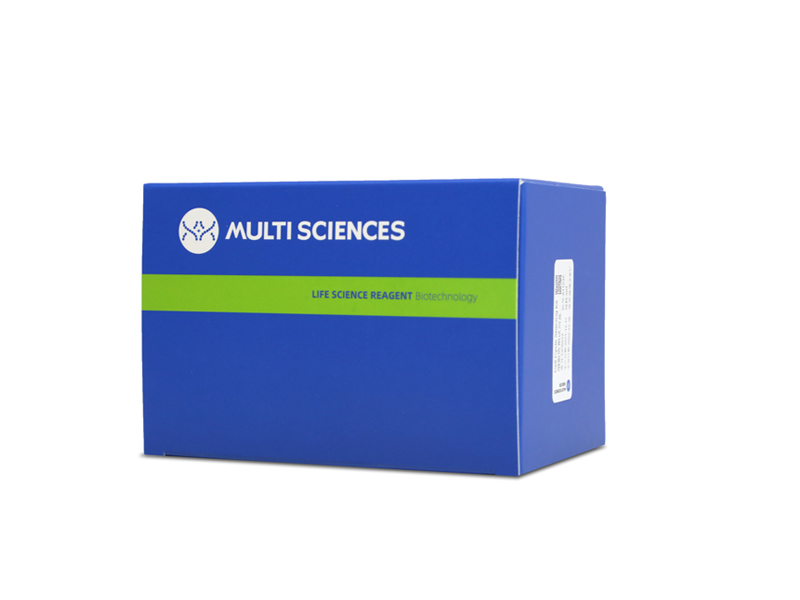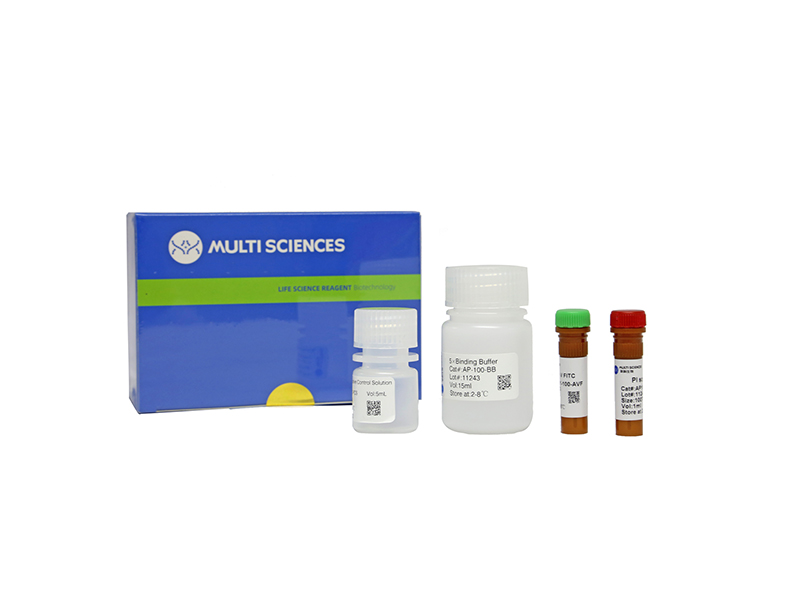Purpose:Propofol, an aesthetic agent in paediatric patients, results in neurotoxicity in the developing neurons. To reduce side effects of propofol, the protective role of miR-455-3p (microRNA-455-3p) in developing rat brain was investigated.
Materials and methods:Primary hippocampal neurons were isolated from postnatal day 1 or 2 SD (Sprague-Dawley) rats. The neurons were exposed to various concentrations of propofol (0, 10, 30, or 50 μM) for 6 h. Propofol-induced cell viability was assessed by MTT assay, expression levels of miR-455-3p and EphA4 (erythropoietin-producing hepatocellular A4) in propofol-induced neurons were determined using qRT-PCR and western blot, respectively. Binding ability between miR-455-3p and EphA4 was predicted, and then validated by luciferase reporter assay. Neurons expressing miR-455-3p mimics, were treated with 50 μM propofol for 6 h, and apoptosis status was evaluated by flow cytometry.
Results:Exposure to propofol significantly decreased cell viability of developing neurons isolated from neonatal rats. Propofol decreased miR-455-3p expression, while increased EphA4 level in the neurons. miR-455-3p mimics increased propofol-induced reduce in cell viability, and attenuated propofol-induced cell apoptosis of neurons. MiR-455-3p could target EphA4, and decreased expression of EphA4 in neurons exposure to propofol. EphA4 knockdown counteracted with the promotive effects of propofol on cell viability and apoptosis of neurons.
Conclusion:Propofol treatment induces neurotoxicity and suppresses miR-455-3p levels in the developing hippocampal neurons. However, miR-455-3p could alleviate such neurotoxicity by reducing EphA4 expression, provided new insights into miR-455-3p as novel therapeutic target to prevent propofol-induced damages from bench to clinic.
文章引用产品列表
-
- AT101
- 凋亡试剂盒
Annexin V-FITC/PI Apoptosis Kit(细胞凋亡试剂盒-适用贴壁细胞 除C6流式细胞仪以外的流式细胞仪)
- ¥860.00 – ¥1,510.00
-
- AP101
- 凋亡试剂盒
Annexin V-FITC/PI Apoptosis Kit(适用于除C6以外的流式细胞仪)
- ¥630.00 – ¥1,280.00



